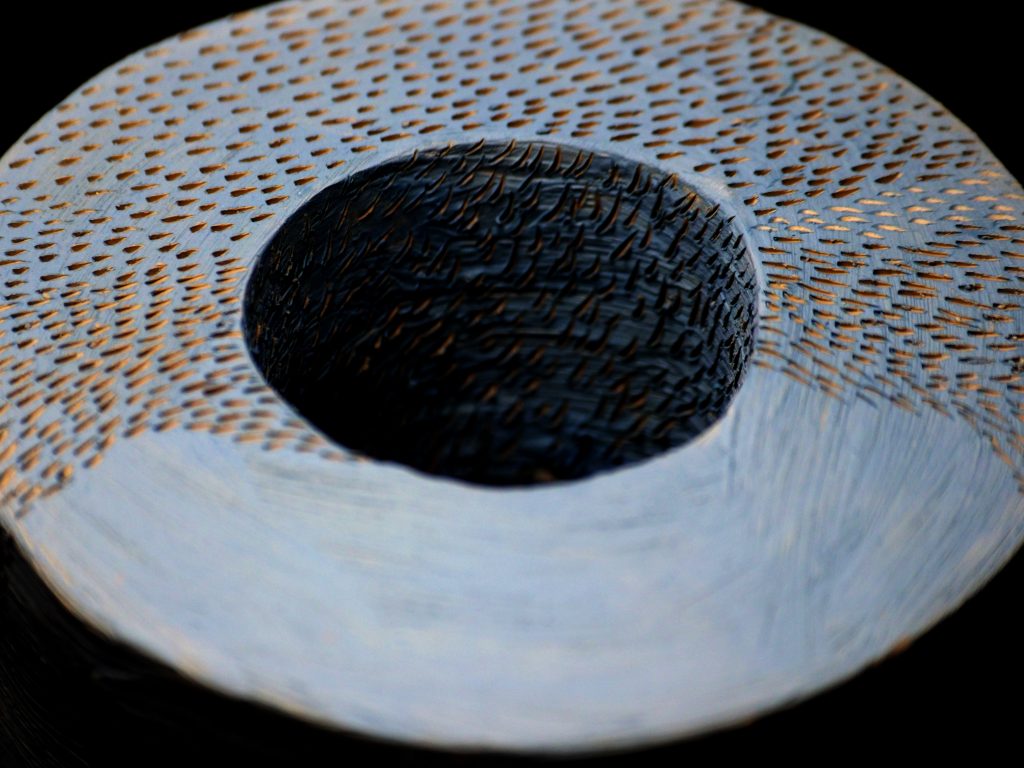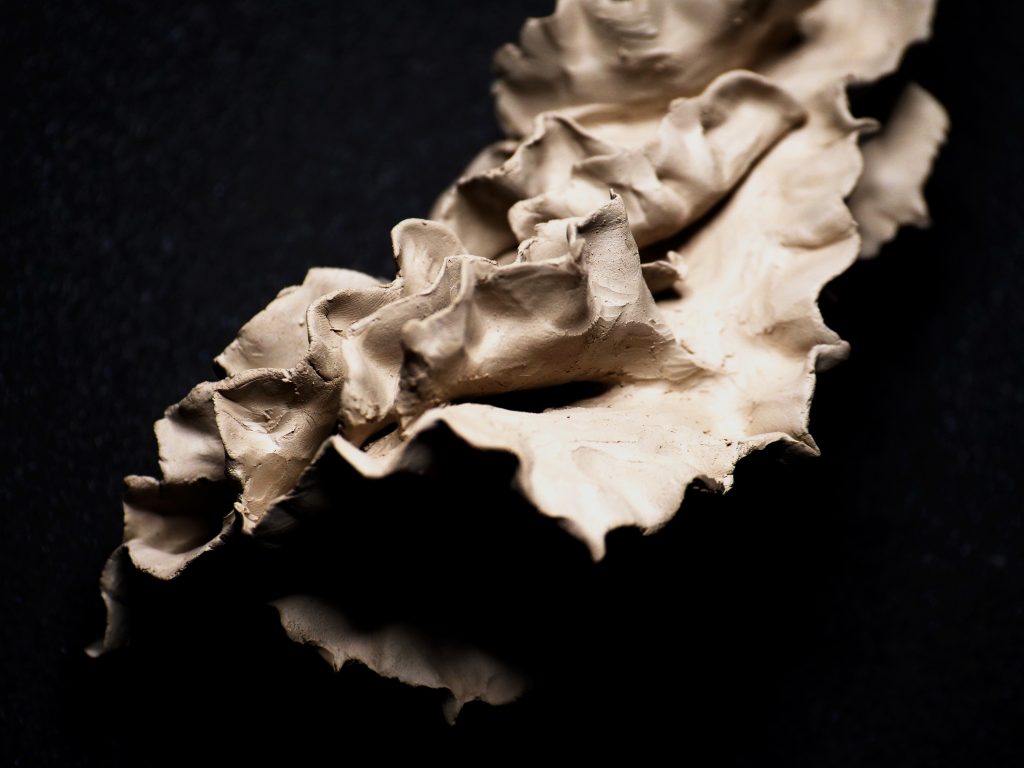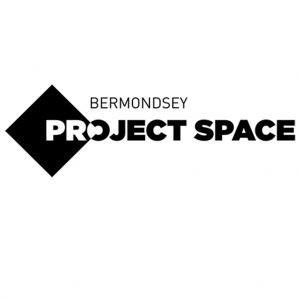The Complexity of Touch
23 May – 3 June 2023
Artists’ Talk: Saturday 3 June, 3.30-5pm
An installation by Madi Boyd, created through collaborative psychological research led by Professor Polly Dalton at Royal Holloway University, with sound created by composer, Professor Nye Parry. Supported by Arts Council England.

The Complexity of Touch is a tactile immersive installation designed to be explored through sight, sound, and, most importantly, touch. The installation invites a haptic journey where the imagination is ignited and memories activated through physically touching everything in the installation.
The installation probes the role touch and body play in sculpting perception, memory and imagination. It has been informed by original psychological research undertaken at Royal Holloway University as part of a collaboration between artist Madi Boyd and psychologist Professor Polly Dalton.
Participant trials at the laboratory in The Attention Lab at Royal Holloway University investigated the effect of variations in complexity in different sensory modalities and particularly whether there is a ‘sweet spot’ in haptic complexity for aesthetic experiences. The trials assessed what combinations and levels of complexity of sensory input are most memorable, attention grabbing and compelling, and more likely to induce mental imagery or cause ‘overload’.
“This is forcing a very new way of working for me. I’m used to working very visually, but here I have to shift the emphasis and disregard the visual side of the work to some extent. I feel like I’m learning a new language and a new way of making and assessing my work. I’m looking more closely than ever at surfaces, textures and form.”
-Madi Boyd
What to expect:
A combination of made objects (some very large and some small), moving image and audio create a space that visitors can explore through all their senses, feeling, rather than merely seeing, the beauty in form, like a composition for the hands in three dimensions. Visuals in the form of projected moving image will be integrated into the tactile experience and the specially commissioned soundscape, created by Nye Parry, will explore the tactility of sound and vibration through resonant objects in the space.

Madi Boyd
Boyd’s work uses light, space and time as sculptural matter. She often works collaboratively with neuro-scientists and psychologists as much of the inspiration for her work comes from research into the brain and perceptual system. She makes large immersive installations combining projected moving image and sculptural constructions. The installations form part of an ongoing interest
in rethinking the filmic experience, with particular regard to presenting moving image spatially and with the interaction of all the senses. Tactility is a particular preoccupation, and this interest in exploring touch and tactile forms of expression has led to her current project involving visual and non-visual art installations. Boyd studied sculpture at The Slade School of Art (2001-5), with personal tutor Dame Phyllida Barlow. Her work has been exhibited at, among others, The Science Museum, London, The Science Gallery, Dublin, Art Laboratory Berlin, Puke Ariki Museum, New Zealand, Guangzou Province, China, Kunstkraft- werk, Leipzig, Science Discovery Centre, Kuala Lumpa, The Discovery Place, USA and Ca’ Foscari Zattere, Venice.
Prof Polly Dalton
Polly Dalton is a Professor of Psychology and director of The Attention Lab at Royal Holloway University. One of her main research areas is the way that attention acts within and between the sensory modalities of vision, hearing and touch.
Nye Parry
Nye Parry’s work encompasses sound installation, multimedia, concert works and over 20 full length scores for contemporary dance companies. He has made sound installations for major museums including the National Maritime Museum, the Science Museum and the British Museum. His installation Significant Birds has reached over a million visitors worldwide. His work explores music as a spatial practice, Illusion and perception and generative soundscape ecologies.
He frequently collaborates with artist Madi Boyd to explore multi-modal relationships and inter- actions. His writing on music appears in The Oxford Handbook of Interactive Audio, Organised Sound, Neue Zeitshrift fur Musik among others. From 2003 – 2011 he led the MA in Sonic Arts at Middlesex University and he is Professor of Electronic Music and Composition at the Guildhall School of Music and Drama and Trinity Laban Conservatoire.

